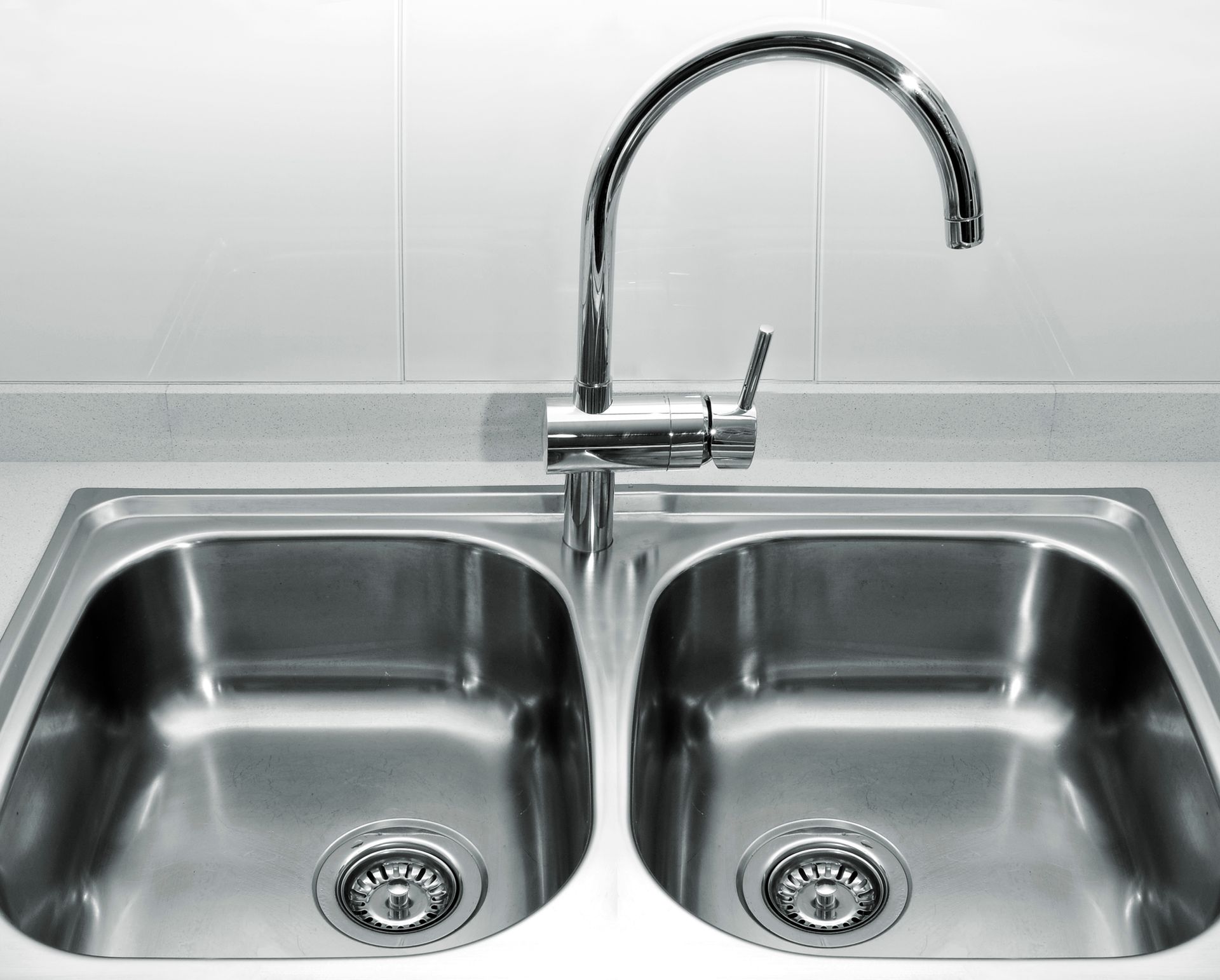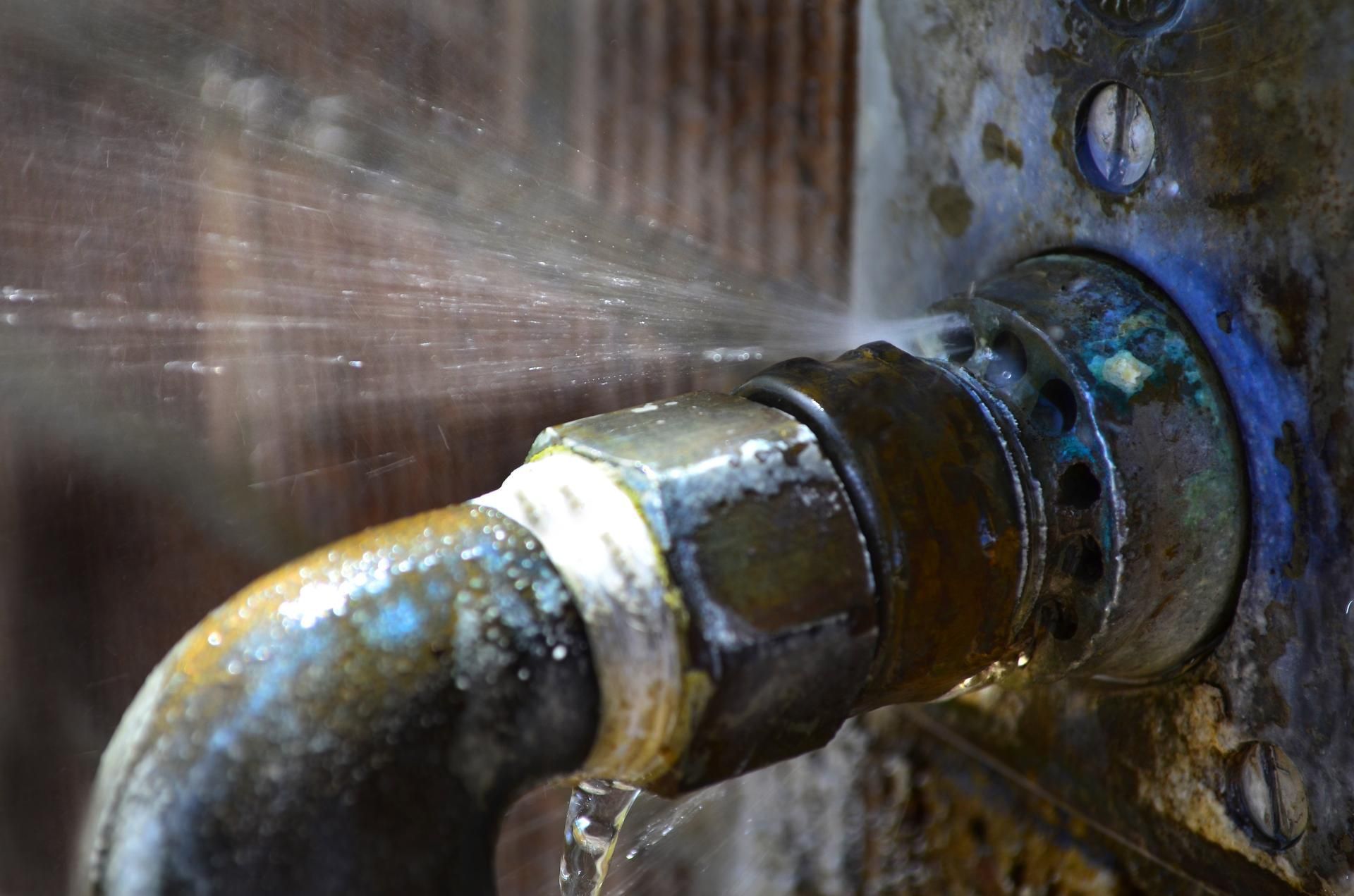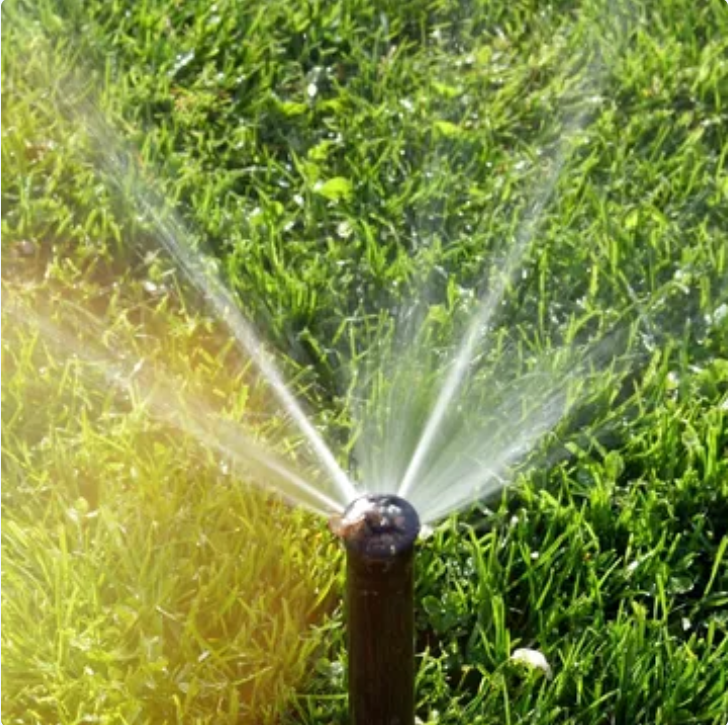CALL US TODAY!
Interesting Highlights From the History of Indoor Plumbing
Where in the world do you think the first modern plumbing systems appeared? Perhaps Europe during the Renaissance when ingenious thinkers like Leonardo da Vinci were introducing innovative ideas right and left? Or maybe ancient Roman aqueducts represent the first major step towards flushable toilets and running water?
To find the real answer, you have to go back much farther and visit a different continent. According to archaeological estimates, around 4000 to 3000 BCE, India’s Indus River Valley featured the first water pipes and sewage systems known to humankind.
Today, thousands of years later, many people enjoy the convenience of indoor plumbing every day—and consider it more of a necessity than a luxury. But indoor plumbing made some interesting stops on its way to your home. Below, discover five intriguing stories from the history of indoor plumbing.
1. Bathrooms Fit for a Mummy
Ancient Egyptians built pyramids as tombs for their dead royalty. These elaborate structures had many amenities—including bathroom-like pipes. Specifically, excavators found copper piping in the pyramid for King Suhura at Abusir. Priests likely used these copper pipes to drain water after performing daily rituals.
This early pyramid wasn’t the only one to contain indoor plumbing. Another tomb, built for the body of the god Osiris, contains a huge moat. The moat surrounds a figure of Osiris on his throne and still gets filled with water from the Nile via underground pipes 5,000 years later.
2. Pure Water for the Ancient Mayans
Around 2,000 years ago, the Mayans built the city of Tikal in what is now Guatemala. According to scholarly work done by a team from the University of Cincinnati, the city featured many notable water amenities. They created a system of reservoirs that collected rain and supplied water to the city, which was not near any major waterways.
In addition, many parts of this water collection system contained simple sand-filled filters. The sand cleaned the water and made it safer for human use. Water that didn’t pass through these filters likely aided in agriculture.
3. A Toilet Built for a Queen
Elizabeth I ruled England during a fascinating time in the nation’s history. Her contemporaries included playwright William Shakespeare and adventurer Francis Drake, and she herself accomplished much during her 44-year reign, including the legendary defeat of the Spanish Armada in 1588.
The English Renaissance also inspired Elizabeth’s godson John Harrington to invent an early version of the flush toilet, complete with seat, bowl, and water tank. His model used a basic valve to empty the contents of the bowl after use. He installed one at Richmond Palace for Elizabeth to use and one at his own residence.
4. A Toilet Your Nose Can Appreciate
Of course, John Harrington’s rudimentary toilet wasn’t perfect. One major flaw was that the water inside the tank emitted a foul odor. Luckily, Scottish inventor Alexander Cummings devised an ingenious solution to this problem in 1775, paving the way for indoor plumbing to become commonplace.
Cummings created a trap that separated the bowl from the sewage beneath. A small valve would slide open whenever a user emptied the bowl, but then it would slide close and allow some clean, not smelly water to remain in the bowl. The trap’s shape also forced it to hold clean water, and smelly gas could not pass through to stink up the bathroom.
Today’s toilets have similar traps that perform the same function. In fact, most plumbing fixtures use traps to block sewer gas from entering a building.
5. Hot and Cold Water Join Forces
How many times have you gone to wash your hands, only to discover that the water was either too hot or too cold? The same circumstance happened to Alfred Moen in 1937, and it inspired him to create the faucet that releases both hot and cold water.
As a mechanical engineering student, Moen was uniquely qualified to solve this problem. Plus, he recognized that essentially everyone could benefit from such an invention. He designed and built prototypes but struggled to find a manufacturer. Finally, in 1947, the single-handled faucet began to sell for approximately $12 each, and demand for the product quickly rose.
Moen’s faucets are one of the most popular plumbing inventions of the 20th century. According to the Los Angeles Times, around 70% of kitchen faucets sold in the US today are the single-handled variety. And Moen himself continued to invent products that enhance indoor plumbing, including a solution for being shocked by cold water in the shower.
When you wash your dishes or use the restroom, you may not think much about how those conveniences became a part of your daily life. But now that you’ve read these interesting stories, you may pause and appreciate the amazing toilet, the streamlined faucet, or the hardworking showerhead. And if you experience problems with any of these fixtures, call Dhamer Plumbing for expert help resolving those issues.
SOURCES:
https://www.plumbingsupply.com/pmegypt.html
https://www.copper.org/publications/newsletters/discover/2005/march/article2.html
http://green.blogs.nytimes.com/2012/07/16/a-mayan-water-system-with-lessons-for-today/?_r=0
http://articles.latimes.com/2001/apr/20/local/me-53360
The post Interesting Highlights From the History of Indoor Plumbing appeared first on .
Leave A Reply
More Posts
Quick Links
Business Hours
Monday - Friday: 7:30 a.m. - 4 p.m.
Saturday: By Appointment Only
Sunday: Closed
Payments Accepted









